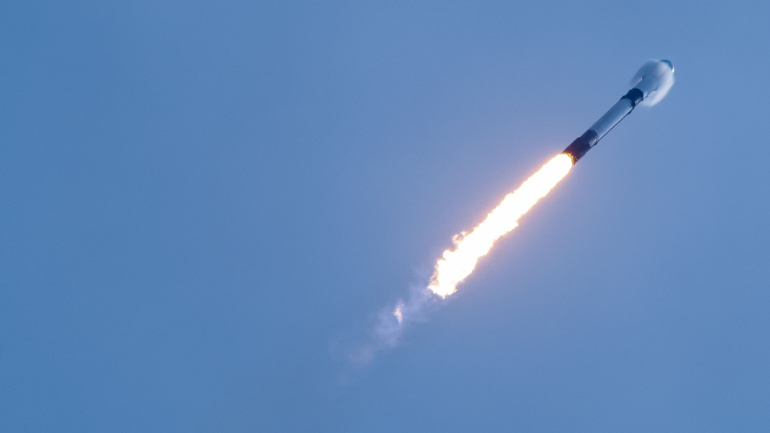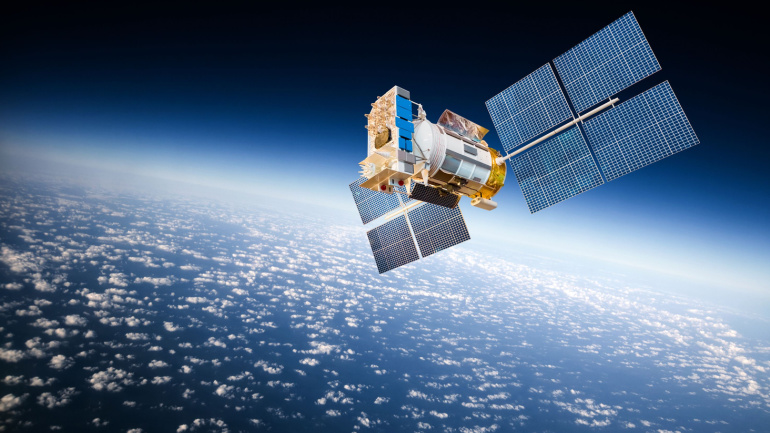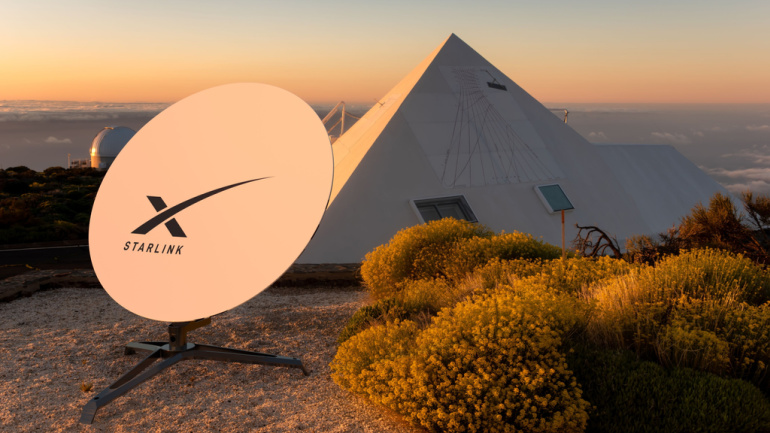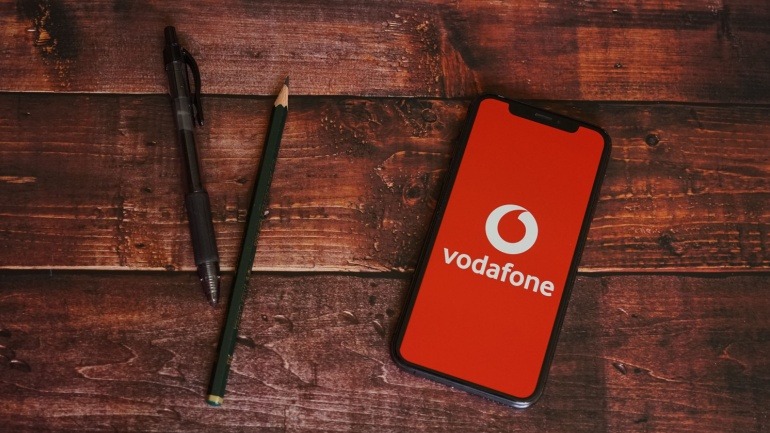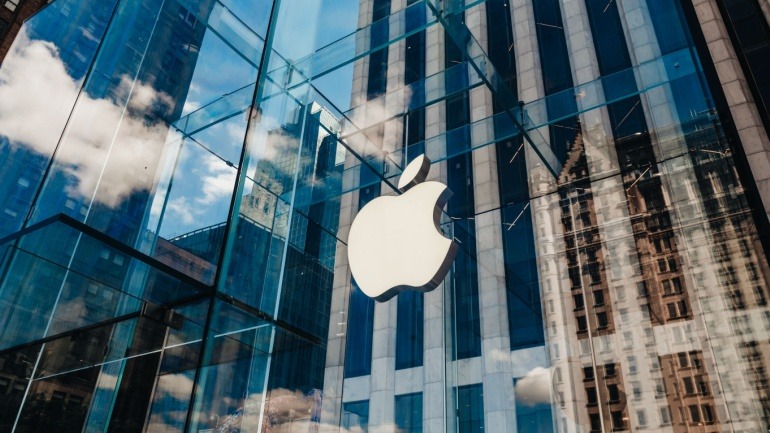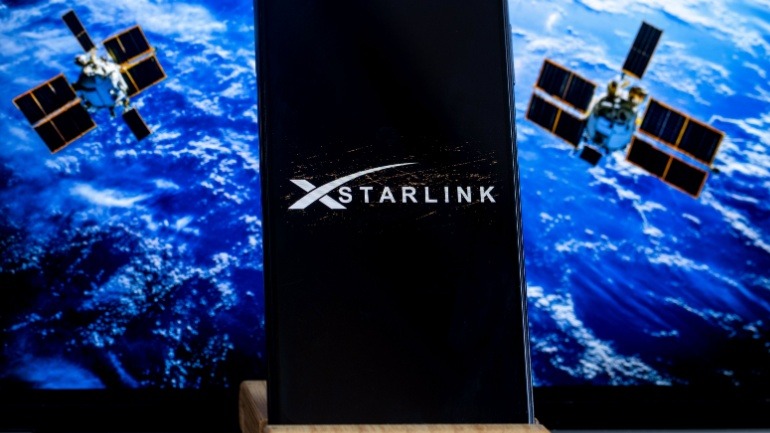In a groundbreaking collaboration, T-Mobile US and SpaceX are gearing up for the field testing of Starlink satellites, heralding a significant stride in eliminating mobile coverage dead zones. While the exact date for the commencement of field testing remains undisclosed, T-Mobile is optimistic about its imminent initiation, stating that the low-Earth orbit deployment of satellites sets the stage for the forthcoming trials.
SpaceX’s Starlink is paving the way for direct-to-mobile services, thanks to a progressive partnership with T-Mobile. Going beyond termianls, the ambitious endeavor could allow unmodified smartphones to directly connect with satellites. Beginning with text messaging in 2024, comprehensive voice and data services are slated to follow in 2025. However, AT&T and the Rural Wireless Association express concerns about possible interference with commercial networks, prompting fierce debate over the fine lines of regulatory procedures.
stra, the Australian telecommunications company, has announced a new partnership with SpaceX’s Starlink, a Low Earth Orbit (LEO) satellite constellation. The collaboration aims to provide home phone and broadband services to customers in remote areas. Telstra’s satellite connectivity services will offer expanded options for businesses and consumers who previously had limited access to broadband, potentially bringing them online for the first time.
Elon Musk’s ambitious plans to bring Starlink to India face challenges amidst spectrum policy clashes with local telecom operators. As the competition heats up in India’s satellite communication space, the sector’s future remains a hot topic.
AT&T challenges T-Mobile’s plan to harness SpaceX’s satellite services for improved mobile network coverage, citing potential interference and spectrum allocation violations. This rivalry intensifies the race to offer extensive coverage in hard-to-reach areas.
T-Mobile is collaborating with SpaceX to expand its network coverage. Last week, the two businesses announced that they will collaborate to provide extensive cellular access, including full coverage in most parts of the United States. The collaboration seeks to beam down connectivity using SpaceX’s fleet of low Earth orbit satellites for the benefit of T-Mobile customers. With this initiative, T-Mobile consumers should be able to connect to the SpaceX satellites through a new network, transmitted from Starlink’s satellites utilizing T-Mobile’s midband spectrum across the country. SpaceX currently provides home internet access globally through its Starlink program. Even though T-Mobile hasn’t yet provided details on the network’s deployment, the company claims that this collaboration should provide nearly complete coverage almost anywhere in the US. The two companies intend to provide this service in order to replace the use of satellite phones in off-the-grid locations such as national parks or…
Vodafone is making waves in the telecommunications world with plans to upgrade their network and boost B2B IT capabilities. These moves promise big changes as SpaceMobile gears up to leverage its value. By focusing on core markets and exploring innovative solutions like branded calling, Vodafone aims to transform connectivity and enhance user experiences.
Apple is pioneering groundbreaking satellite connectivity features for iPhones, marking a substantial evolution in mobile communications. By enhancing satellite messaging with photo transmission capabilities, improving navigation in no-signal zones, and easing indoor connectivity, Apple leverages partnerships to push boundaries. iPhone users can expect revolutionary advances, especially in areas where traditional networks fall short.
SpaceX’s Starlink project has secured provisional approval from UK regulator Ofcom for E band spectrum access, significantly enhancing its satellite network’s backhaul data capacity. This move addresses the UK’s current demand-driven capacity constraints. By utilizing three ground stations, Starlink aims to improve service quality, compete effectively, and optimize costs.
DE-CIX’s Space-IX initiative marks a revolutionary advancement in VoIP and satellite communication, aiming to integrate Low Earth Orbit satellites with terrestrial networks. By leveraging advanced technologies, such as laser-based communication, this project seeks to overcome latency challenges and redefine global connectivity. Stay updated on space and VoIP advancements through our blog.






